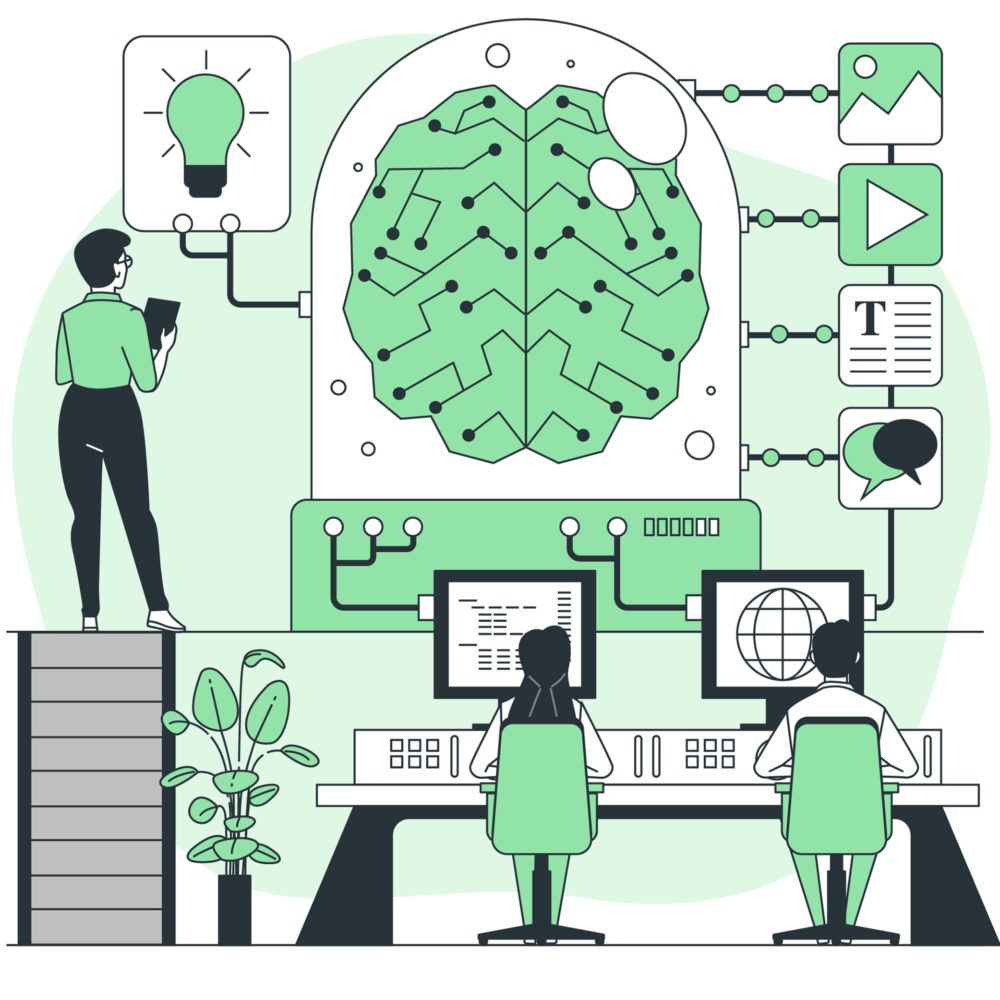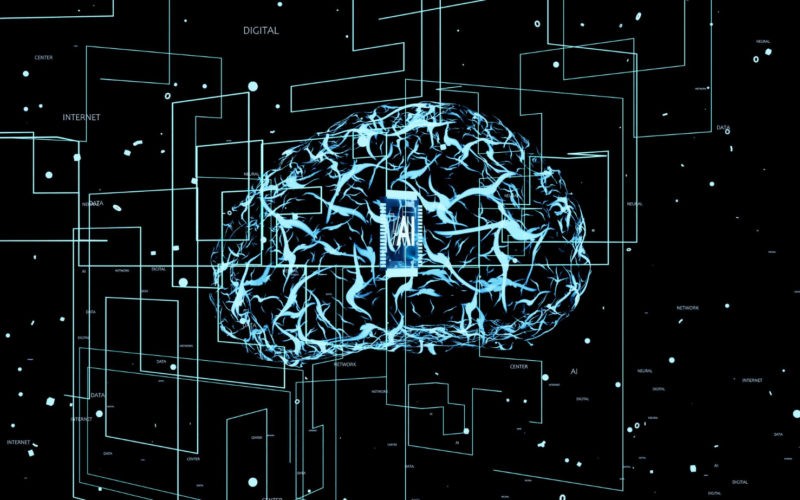Chatbots are computer programs designed to simulate conversation with human users via text or voice. Using NLP, chatbots analyze user input to derive meaning, determine intent, and formulate relevant responses. Effectively designed chatbots feel natural and intuitive to chat with.
NLP refers to the branch of AI focused on enabling computers to understand, interpret, and generate human languages. NLP drives much of the language understanding capabilities behind chatbots. By applying NLP techniques, chatbots can go beyond simple scripted responses to handle more dynamic conversations that feel less robotic.
Intent Classification
A core NLP capability for chatbots is determining the intent behind user input. Intents classify the purpose or goal driving what a user says. Any reputable chatbot development company understands that common chatbot intents include asking a question, lodging a complaint, checking account status, etc.
By recognizing intents, a chatbot understands what a user wants and can direct conversations more appropriately. Getting intent classification right is crucial for chatbots to handle diverse user requests.
Several NLP techniques enable accurate intent classification:
Keyword Spotting
A basic technique involves spotting important keywords and mapping them to probable intents. For example, words like “balance,” “statement,” “interest” may indicate an intent to check account status.
Keyword spotting is easy to implement but less robust, often misclassifying intents for input with uncommon phrasing. It also fails to consider context. More advanced NLP techniques address these limitations.
Machine Learning Classifiers
Modern chatbots increasingly rely on machine learning (ML) to classify intents. With ML, an algorithm “learns” patterns from large datasets of example user input mapped to intents.
Common ML algorithms for intent classification include support vector machines (SVM) and recurrent neural networks (RNN). RNNs that utilize long short-term memory (LSTM) are especially popular to consider sequence and context.
The benefit of ML is the ability to understand intents expressed in very diverse ways, including complex input. The tradeoff is ML models require substantial data and compute resources to train.
Hybrid Approaches
In practice, combining rules-based keyword spotting with ML often works best. Rules provide a fallback and help train ML models. The ML models handle real-world variety that rules cannot.
Continuously retraining ML models on new conversational data also helps chatbots get smarter over time at intent classification.
Named Entity Recognition
Another key NLP technique for chatbots is recognizing named entities within user input. Named entities are real-world objects like people, places, organizations, products, monetary values, dates, etc.
Identifying named entities enables richer understanding and more relevant responses from chatbots. It also enables more robust question answering and transactional capabilities.
For example, spotting a named entity like a bank account type allows directly querying the user’s account details. Date entities inform calendar functions. Product names enable lookups in a catalog.
Like intent classification, both rules-based and ML approaches are popular for entity extraction. Hybrid approaches again tend to perform best, with rules covering common scenarios and ML providing resilience to variety.
Sentiment Analysis
Understanding user sentiment — whether input conveys positive, negative, or neutral emotion – is also valuable for chatbots. Sentiment analysis allows chatbots to detect user satisfaction, frustration, appreciation, anger, etc.
Equipped with sentiment analysis, chatbots can escalate issues to human agents when users show signs of dissatisfaction. Or provide appropriate empathy when conversations turn emotional.
Sentiment analysis relies heavily on ML classifiers trained on datasets of text or speech samples annotated with emotions. Deep learning now powers most sentiment analysis, using neural network architectures tailored to the nuances of human sentiment.
Dialogue Management
The techniques above help chatbots interpret individual user inputs. Additionally, chatbots need dialogue managers to coordinate coherent, logical conversations that meet user goals.
Dialogue managers control the overall flow of multi-turn conversations. They track context and progress, formulate responses, and determine when conversations start, end, or branch in new directions.
Early chatbots used rules-based dialogue managers with scripted responses. But rigid scripts break easily. More flexible, ML-powered dialogue managers are becoming standard.
Reinforcement learning is a popular ML approach to train dialogue managers, due to its ability to optimize sequences of actions based on feedback. With enough conversational data, reinforcement learning helps chatbots have more natural, adaptive dialogues.
In the most advanced systems, dialogue managers also apply planning algorithms to deliberate about the best responses based on possible conversation trajectories. This enables more goal-driven dialogues tailored to users.

Natural Language Generation
Finally, natural language generation (NLG) techniques allow chatbots to produce varied, nuanced responses that sound more human.
Whereas language understanding capabilities help chatbots analyze user input, NLG focuses on formulating articulate bot responses.
Template-based NLG systems stitch together canned replies based on intent and context. This can work but sounds repetitive.
For more dynamic variety, modern NLG systems train language models on human conversational data using deep learning. Responses generated from the model better match natural speech patterns.
Advanced NLG makes a big difference in chatbot interfaces feeling less robotic. The most personable, relatable chatbots generate responses turn-by-turn rather than pull from pre-written scripts.
Sophisticated NLG models can also reflect brand voice, adapt formality, insert multimedia, and personalize for individual users. These abilities make conversations uniquely engaging.
Chatbot Challenges
While significant progress has occurred, chatbots still have limitations in accurately processing certain forms of language. Some main challenges include:
- Informal Language: Such as slang, dialects, abbreviations (“idk”, “gonna”)
- Domain-Specific Jargon: Such as medical, legal, or technical terminology
- New Vocabulary: Such as emerging cultural references or product names
- Speech Disfluencies: Such as stutters, pauses, filler words in verbal input
- Low-Resource Languages: Languages with minimal training data
Growing from around three billion US dollars in 2017 to over 43 billion in 2025, the NLP industry is expected to grow by over 14 times.
Ongoing NLP research aims to make chatbots more versatile. But for now, constraints exist, especially with specialized vocabularies and languages.
Chatbots also still struggle with broader reasoning capabilities we expect from humans. Adding common sense background knowledge to language understanding remains an open challenge. The same goes for learning higher-level user preferences and norms that shape conversations.
Conclusion
Chatbots have already transformed customer service and are expanding to new domains like medical advice, tutoring, interview screening, and more. As the supporting NLP continues to advance, the applications seem endless.
Understanding the techniques behind chatbots unlocks opportunities for both building better linguistic AI as well as leveraging it. With robust NLP foundations in place, our conversations with machines grow more productive and aligned to human needs. The next generation of chatbots promises to drive even greater utility and accessibility through natural language interactions.












